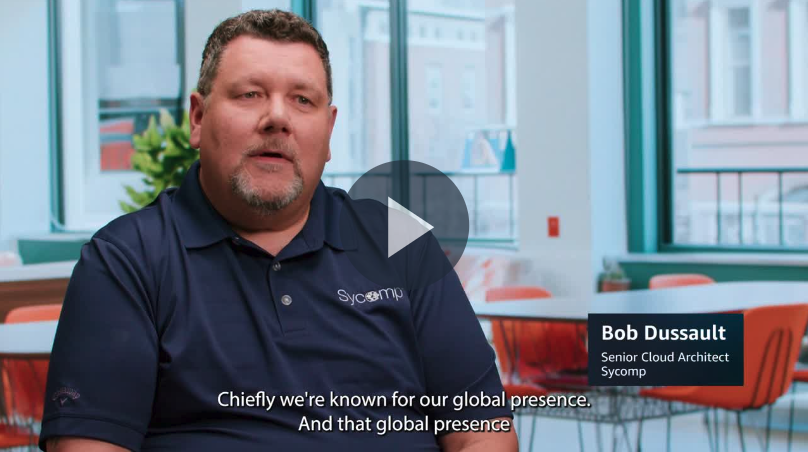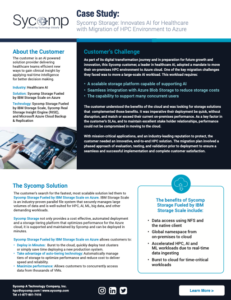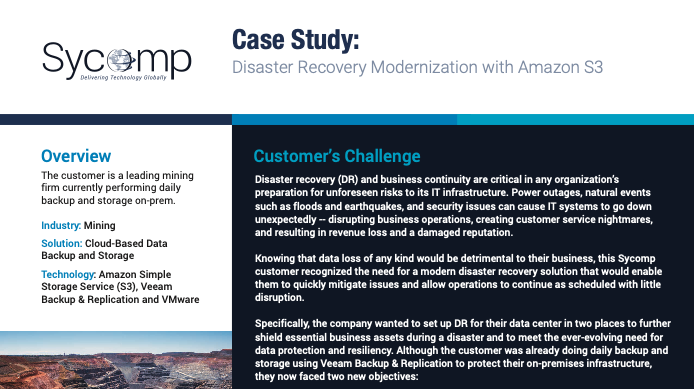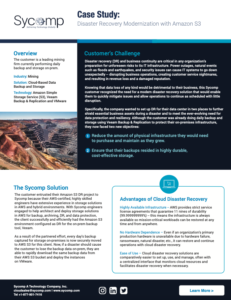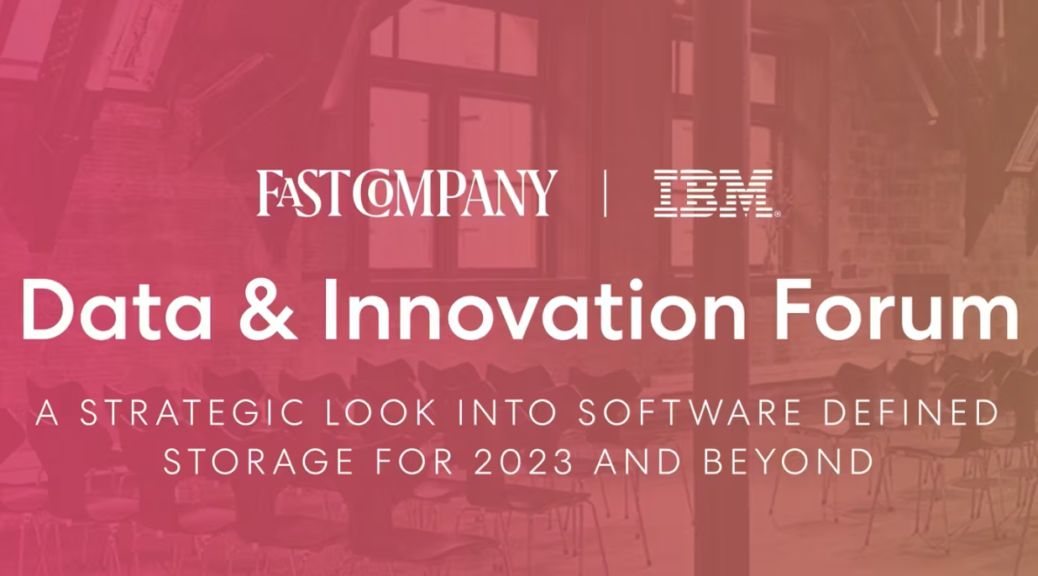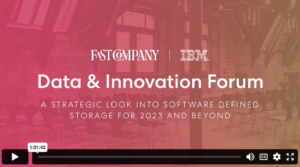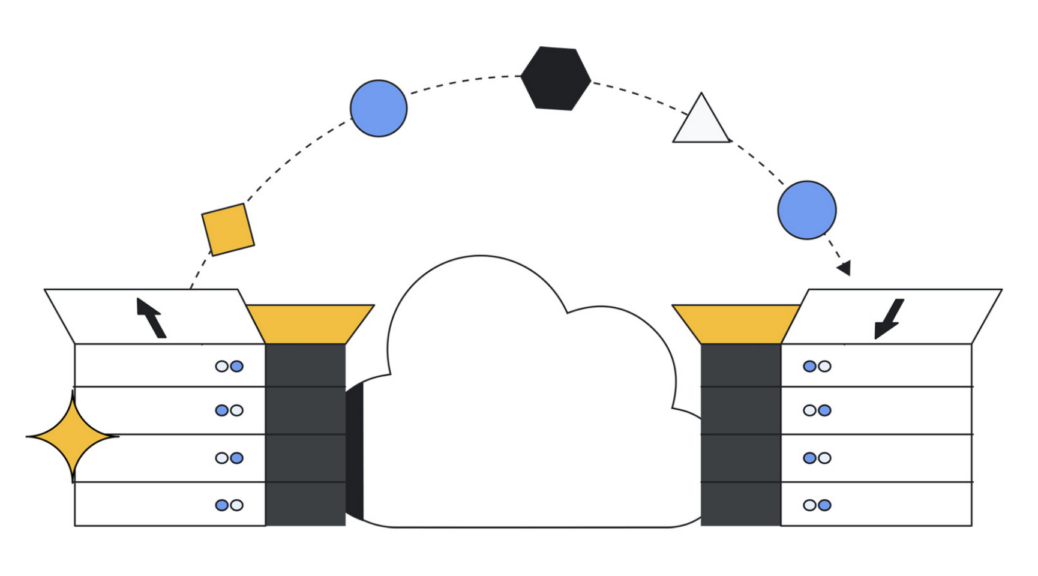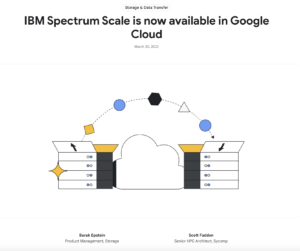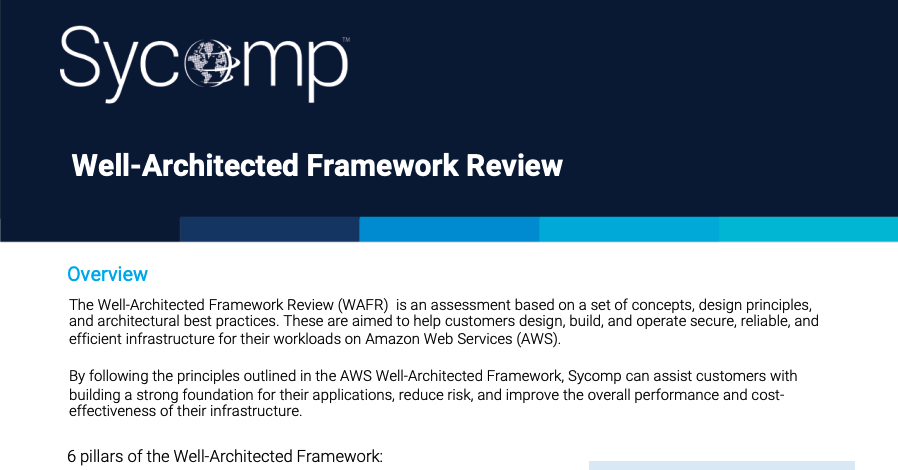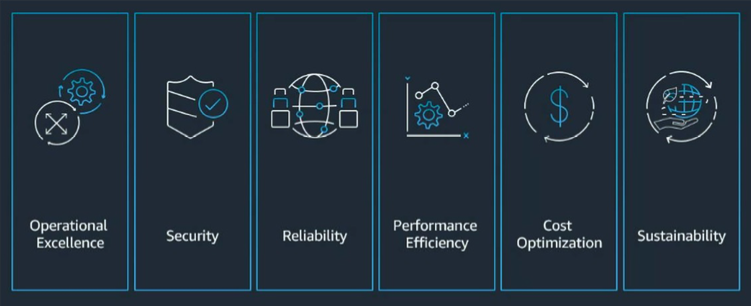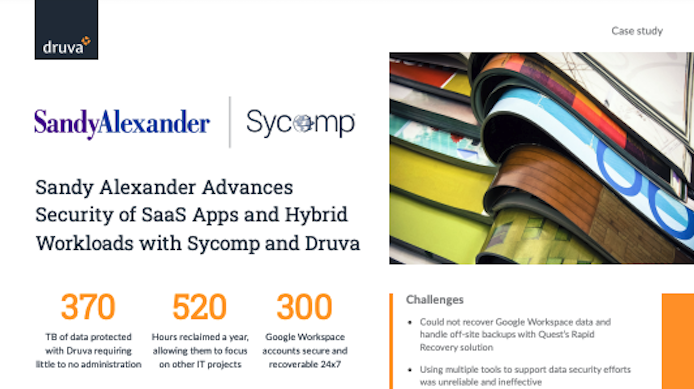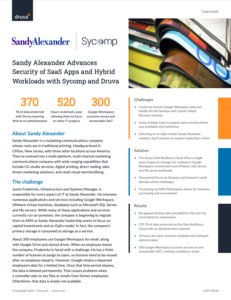Introduction
As cloud computing continues to advance, ensuring the health and performance of your applications is crucial. While traditional monitoring tools offer a basic view into system functionality, true insight requires observability.
For AWS users, observability goes beyond simply knowing if your application is up and running. It’s about gaining a comprehensive view of your entire system, allowing you to pinpoint issues, optimize performance and efficiency, and deliver a seamless experience for your users.
What is Observability?
To understand its purpose, we must first understand what observability is. Observability is the ability to understand the internal state of a system by examining its external outputs. Unlike monitoring, which typically focuses on tracking predefined metrics, observability encompasses a broader spectrum, including metrics, logs, and traces, often referred to as the “three pillars” of observability. In the context of AWS, observability involves collecting, analyzing, and correlating data from these sources.
- Metrics: Form the foundation of observability. They are quantitative measurements that reflect system health, like CPU usage, memory consumption, or API request latency.
- Logs: Records of events and activities within your application and/or infrastructure, providing detailed information about user interactions, system errors, etc.
- Traces: Paths taken by individual requests as they move through your modern, distributed application, allowing you to pinpoint bottlenecks and identify performance issues.
By combining these pillars, you gain a holistic understanding of your application’s behavior.
Why is Observability Important for AWS Users?
For AWS users, observability is crucial because it enables them to:
- Reduce troubleshooting time: When issues arise, observability tools provide the data necessary to pinpoint the root cause quickly, reducing downtime and ensuring better user experience.
- Improved performance: Analyzing metrics and traces allows you to identify bottlenecks and optimize your application’s performance. This can lead to faster loading times and a smoother user experience.
- Enhanced scalability: Observability helps you understand how your application behaves under varying loads. This knowledge can be used to proactively scale your resources on AWS, ensuring optimal performance during spikes in traffic.
- Reduced costs: By identifying and resolving inefficiencies early on, observability can help you optimize your AWS resource utilization, which can lead to cost savings.
- Greater agility: Observability empowers you to make data-driven decisions about your application’s development and deployment.
Getting Started with Observability in AWS
AWS provides a range of tools and services that support observability. Users can leverage Amazon CloudWatch for metrics, logs, and dashboards; AWS X-Ray for tracing; and AWS CloudTrail for governance, compliance, and operational auditing. Additionally, AWS offers the AWS Observability Toolkit, which includes AWS Distro for OpenTelemetry, enabling users to collect telemetry data from their applications and services using the OpenTelemetry standard.
Beyond these AWS native services, AWS offers integrations and partnerships with third-party observability tools to provide comprehensive monitoring and troubleshooting capabilities to enable you to create an observability platform which meets your specific needs.
Steps for Getting Started on AWS
- Identify your needs: Start by understanding your specific needs and what data is most critical for your application.
- Choose the right tools: AWS offers a variety of services – CloudWatch is a good starting point for a basic observability setup.
- Collect and analyze data: Configure your AWS resources to send logs, metrics, and traces to your chosen monitoring and analytics services.
- Visualize and interpret: Use dashboards and visualizations to understand the collected data and identify trends and patterns.
- Act: Use the insights gained from observability to troubleshoot issues, optimize performance, and make informed decisions about your application.
Challenges and Solutions
Despite its benefits, implementing observability can be challenging due to the complexity and scale of AWS environments. Users may face issues such as data overload, high costs, and vendor lock-in. To address these challenges, AWS users can:
- Adopt a selective approach to data collection, focusing on high-value metrics and logs.
- Use automated tools to analyze and visualize data, such as AWS’s native services or third-party tools like Prometheus and Grafana.
- Implement a culture of observability, where teams are encouraged to build observability into their development and deployment processes.
Conclusion
Observability goes beyond tools; it’s about gaining actionable insights that drive business value and customer satisfaction. Observability can be a game-changer for AWS users. By adopting observability practices and leveraging the available AWS native and partner services, you can gain a deeper understanding of your applications and infrastructure, leading to improved performance, faster troubleshooting, and ultimately, a more cost-effective, performant, resilient and scalable cloud infrastructure.
How Can Sycomp Help?
Sycomp Professional Services are designed to increase value while reducing IT complexity. Sycomp’s global capability to assess, design, integrate, deliver and support a wide range of cost-effective technology solutions and services is second to none. Experts in understanding the business conversation and mapping the client’s business needs to solutions, Sycomp globally assesses, designs, integrates, delivers and supports robust technology solutions and services. Across our 45+ offices delivering solutions in more than 150 countries, Sycomp distinguishes itself by adopting an agile delivery model, providing consistent, high-quality services across the globe.
ObservabilityOne for AWS
ObservabilityOne for AWS is a suite of professional and managed services aimed at taking the complexity and vendor lock in out of the observability stack while optimizing associated costs for customers running workloads in Amazon Web Services.
Sycomp Well-Architected Service: The AWS Well-Architected Framework helps you understand the pros and cons of decisions you make while building systems on AWS. By using the Well-Architected Framework, you will learn architectural best practices for designing and operating reliable, secure, efficient, cost-effective, and sustainable systems in the cloud.
The output is a report and prioritized plan to discover untapped opportunities for cost optimization, improved application performance, and to mitigate risk.
About the Author

Bob Dussault serves as the Principal Cloud Architect and Technical Lead for Sycomp’s AWS Practice. He specializes in AWS cloud architecture, with an emphasis on Cloud Operations, Observability, FinOps, and DevOps. Bob is an AWS Certified Professional, possessing both the AWS Solutions Architect Professional and DevOps Engineer Professional certifications.
Bob’s extensive experience and deep technical expertise make him a thought leader in cloud architecture, particularly within the AWS ecosystem, where he continues to drive innovation and deliver value to Sycomp’s customers.


